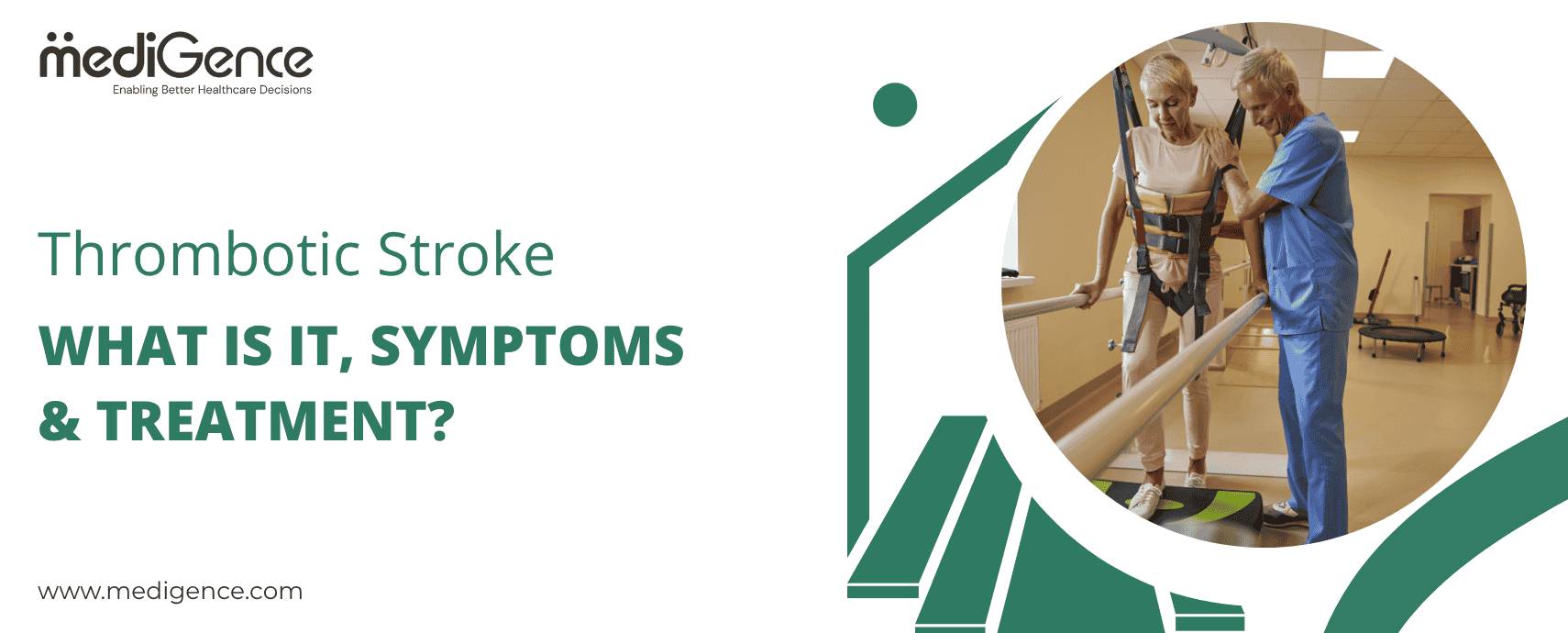Subarachnoid hemorrhage is the bleeding of the subarachnoid space. Subarachnoid space is the brain fluid filled (cerebrospinal fluid) area between the protective layers of the brain.
Subarachnoid haemorrhage is a medical emergency that usually occurs when a weak spot in a blood vessel (aneurysm) on the brain’s surface ruptures and leaks. As a result, blood accumulates inside the skull and around the brain, causing the brain to be under increased pressure. It can result in difficulties, lifelong issues, and damage to brain cells.
Subarachnoid hemorrhage can occur at any age, but it’s very common in the 40 to 60-year age group.
Symptoms of Subarachnoid Hemorrhage
Most of the symptoms of subarachnoid hemorrhage are very sudden. They may include:
- Severe Headache: The most typical sign of a subarachnoid hemorrhage is a severe headache, which people experience, referred to as the worst headache of their life.
- Nausea and Vomiting: This is an early symptom of subarachnoid hemorrhage. Feels very weak and loses consciousness.
- Neck Pain: Feeling stiffness and tenderness all over the neck, sometimes in the arm also.
- Vision Problem: One of the common symptoms of subarachnoid hemorrhage is blurry vision, loss of one eye.
- Consciousness: Patients experience discomfort, disorientation, and loss of consciousness.
- Speech Problem: A person experiencing a stroke may slur words, become disoriented, or lose their ability to understand speech.
- Weakness: Typically, this affects only one side of the body. One option is to attempt to lift both arms over the head. If one arm starts to collapse, it may be a sign of a stroke. Additionally, when trying to smile, one side of the lips may droop.
- Balance and Coordination: Trouble with walking, balance and lack of coordination.
- Photophobia: Sensitivity to light.
- Seizure: Symptoms include confusion, falling on one side, and not answering.

Get Free Online Consultation with Expert
Causes of Subarachnoid Hemorrhage
Some common causes of subarachnoid hemorrhages are:
- Bursting of Aneurysm: 9 per 100,000 people every year, worldwide, cases of aneurysmal subarachnoid haemorrhage were reported. Brain aneurysms are the most common cause of subarachnoid haemorrhage. An aneurysm is an abnormality in the arteries that supply the brain, creating a sac-like pouch in the blood vessels of the brain. Over time, due to this aneurysm, blood vessels become weak and may rupture later.
- Arteriovenous Malformation (AVM): It is an abnormal mesh of cerebral blood vessels. Bleeding into the subarachnoid space may occur if these arteries weaken or rupture. Subarachnoid haemorrhage can occasionally result from head trauma or injury.
- Head Injury: An injury to the head is another frequent cause. Subarachnoid hemorrhages can result from head injuries suffered in violent crimes, falls, or traffic accidents.
- Blood Disorder: Genetic bleeding disorders like sickle cell anemia can cause subarachnoid hemorrhages.
Risk Factors for Subarachnoid Hemorrhage
Some common risk factors are:
- Cigarette smoking
- History of previous subarachnoid hemorrhage
- Hypertension
- Obesity
- Family history of aneurysm
- Alcohol consumption
- Moyamoya disease
- Drug abuse
- History of kidney disorder
How to Diagnose Subarachnoid Haemorrhage?
- CT (Computed Tomography) Scan: This is the first investigation done to detect bleeding in the brain.
- EEG (Electroencephalography): Continuous EEG can help identify nonconvulsive status epilepticus or subclinical seizures, especially in patients with poor-grade subarachnoid hemorrhage who deteriorate neurologically or do not get better.
- MRI (Magnetic Resonance Imaging) Scan or MRA (Magnetic Resonance Angiography): This is performed to identify an aneurysm; however, the most accurate method of doing so is cerebral angiography. Cerebral angiography is performed to confirm the diagnosis and locate the aneurysm or arteriovenous malformation that is causing the bleeding as soon as possible.
- Lumbar Puncture: This procedure is used to detect infections or blood stains in the brain and spinal fluid.
Treatment Approaches for Subarachnoid Hemorrhage
1. Medical Management to Prevent Bleeding
- Medications that prevent bleeding
- Control high blood pressure
- Rest to recover from trauma
2. Surgical Management to Prevent Bleeding
- Surgical clipping: A metal clip is inserted at the base of the burst aneurysm as part of a neurosurgery to repair it and stop further bleeding.
- Craniotomy: In a craniotomy, the clot is removed by exposing the brain and removing a portion of the skull bone.
- Endovascular coiling: This procedure involves inserting coils within the aneurysm using a catheter into the blood artery to encourage clot formation and stop re-rupture.
3. Other Rehabilitation After Subarachnoid Hemorrhage
Conclusion
Subarachnoid hemorrhage is a potentially life-threatening condition that needs immediate medical care and treatment. The most frequent cause is a burst aneurysm, and medical and surgical therapy are available treatments. Based on the extent and location of the bleeding, your general health, and your medical history, your doctor can help you determine the best course of action for your particular requirements. Getting medical help right away is crucial if you experience any of the signs of a subarachnoid hemorrhage.
Know more about: High Blood Pressure and Stroke: The Deadly Connection










